From the length of the data sets, it seems that the intent is to fit integrand(t) to output(t+dt). There are several functions in the scipy optimize module that can be used to do this. For a simple example, we show an implementation using scipy.optimize.leastsqr(). For further details see the tutorial at scipy optimize
The basic scheme is to create a function that evaluates the model function over the independent coordinate and returns a numpy array containing the residuals, the difference between the model and the observations at each point. The leastsq() finds the values of a set of parameters that minimizes the sum of the squares of the residuals.
We note as a caveat that the fit can be sensitive to the initial guess.
Simulated annealing is often used to find a likely global minimum and provide a rough estimate for the fit parameters before refining the fit. The values used here for the initial guess are for notional purposes only.
from scipy.optimize import leastsq
import numpy as np
# Read the data files
Pm = np.array( [ float(v) for v in open( "impulse_data.txt", "r" ).readlines() ] )
print type(Pm), Pm.shape
tm = np.array( [ float(v) for v in open( "Impulse_time_axis.txt", "r" ).readlines() ] )
print type(tm), tm.shape
output = np.array( [ float(v) for v in open( "Output_data.txt", "r" ).readlines() ] )
print type(output), output.shape
tout = np.array( [ float(v) for v in open( "Output_time_axis.txt", "r" ).readlines() ] )
print type(tout), tout.shape
# Define the function that calculates the residuals
def residuals( coeffs, output, tm ):
dt, alpha1, alpha2 = coeffs
res = np.zeros( tm.shape )
for n,t in enumerate(tm):
# integrate to "t"
value = sum( Pm[:n]*(1-np.e**( -(alpha1 * (tm[:n]+dt))) )*np.e**(-(alpha2 * (tm[:n]+dt))) )
# retrieve output at t+dt
n1 = (np.abs(tout - (t+dt) )).argmin()
# construct the residual
res[n] = output[n1] - value
return res
# Initial guess for the parameters
x0 = (10.,1.,1.)
# Run the least squares routine
coeffs, flag = leastsq( residuals, x0, args=(output,tm) )
# Report the results
print( coeffs )
print( flag )
